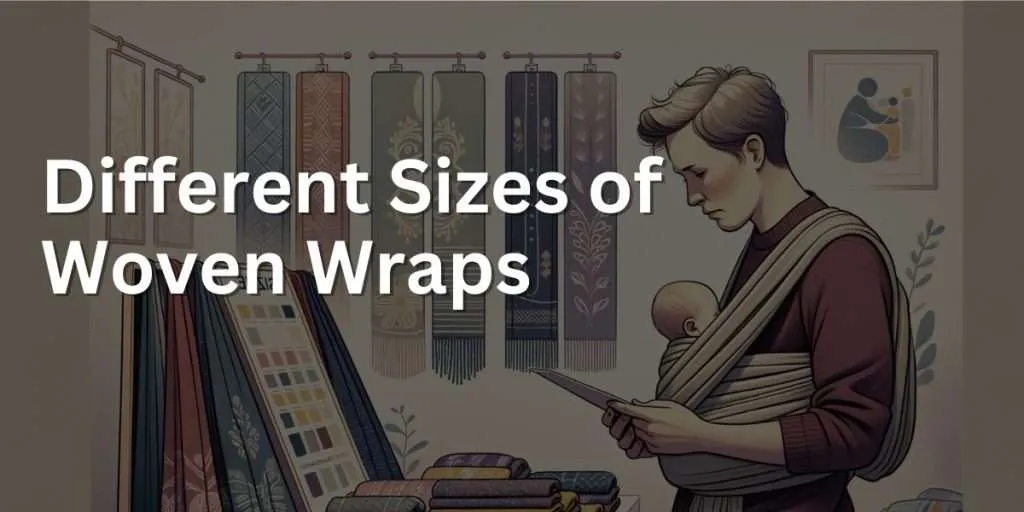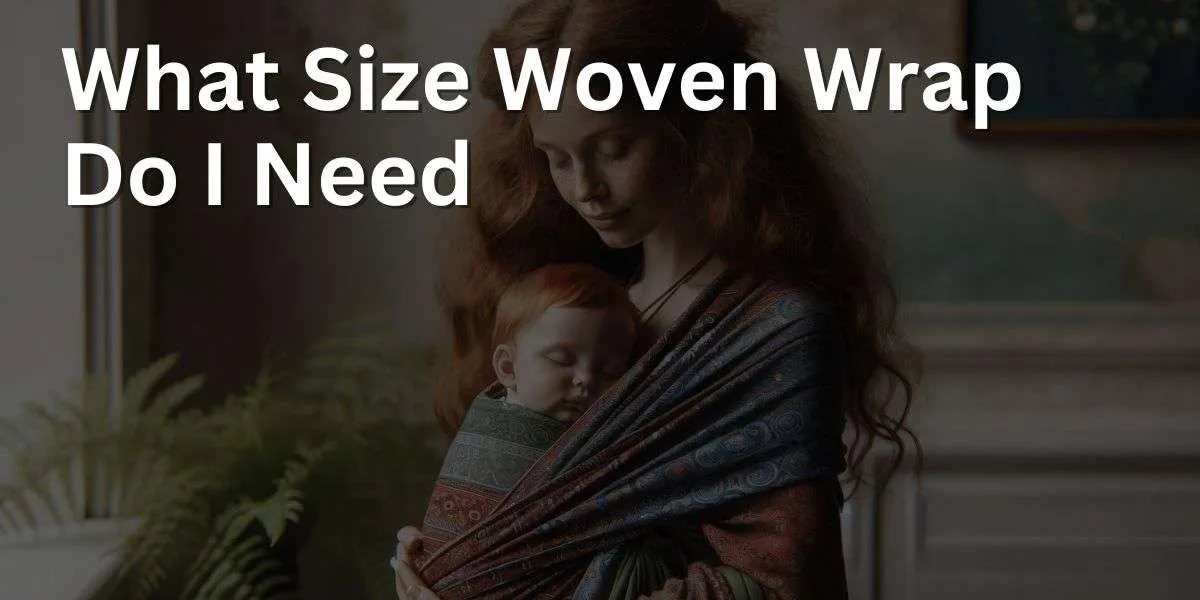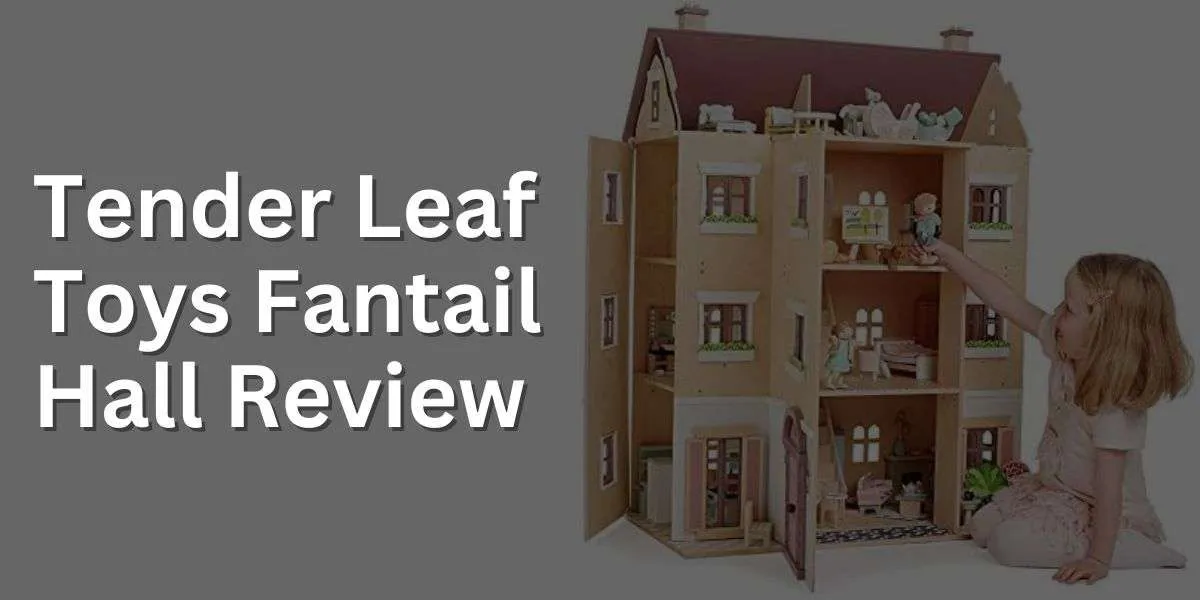Choosing the correct size of a woven wrap is crucial for a comfortable and safe babywearing experience. The right size not only depends on the size of the baby but also on the wearer’s body type and the carrying positions you intend to use.
Whether you’re a petite wearer, have a larger build, or are looking for a wrap that multiple caregivers can use, we’ll cover the key factors to help you make the right choice.
Understanding how to select the right size woven wrap will ensure a snug, supportive, and comfortable fit for both you and your child.
Hello, I’m Maebh Collins, a seasoned baby carrier consultant with over two decades of experience. As a certified expert in both Trageschule and Slingababy, I’ve had the privilege of assisting thousands of families in their journey to find the perfect baby carrier. Welcome to a world of comfortable, confident babywearing!
Key Takeaways: Choosing the Right Size Woven Wrap
- Your body size and preferred carrying style are key factors. The wrap size depends on your body measurements and the wrap positions you plan to use.
- Standard sizes range from Size 2 (2.7 meters) to Size 8 (5.7 meters). Size 6 (around 4.6 meters) is often recommended as a good starting point for most people.
- Larger sizes offer more versatility. A longer wrap allows for a greater variety of tying methods and can accommodate different body sizes.
- Smaller sizes are useful for quick carries. Shorter wraps are easier to manage for quick or hip carries, especially in warmer weather or for older children.
- Consider the size of the person who will primarily use the wrap. Taller or larger-bodied individuals may need a longer wrap for comfortable use.
- Factor in the age and size of your child. Older and larger children might require more length for adequate support.
- Experiment with different lengths if possible. Trying out various sizes can help determine the most comfortable and functional option for you.
- Seek advice from experienced babywearers or consultants. They can provide valuable insights based on your specific needs and preferences.
- Remember, there’s no one-size-fits-all. The ideal wrap size varies from person to person, so personal preference plays a big role.
- Check return policies when purchasing. If you’re unsure about the size, buy from a retailer that allows exchanges or returns.
Understanding Woven Wraps
Woven wraps are a versatile and comfortable way to carry your baby close to you. They come in various sizes, materials, and designs, providing numerous options to suit your needs and preferences.
When it comes to woven wraps, the fabric is an essential factor to consider. Different materials have distinct qualities, and understanding them can guide you in choosing the right wrap. Some popular fabric options include cotton, linen, silk, wool, hemp, and bamboo.
Cotton is soft, breathable, and easy to care for, making it a great choice for beginners. Linen and hemp are more durable and can offer better support, especially for heavier babies or longer wearing sessions. Silk, wool, and bamboo wraps are luxurious and offer unique qualities, such as temperature regulation and extra softness.
Besides the material, the color and design of the wrap can be an essential aspect of your choice. Woven wraps come in a wide variety of colors and patterns, ranging from simple and elegant to vibrant and eye-catching.
Select a design that reflects your personal style and complements your wardrobe. Some woven wrap designs even have functional aspects, like extra stretch or grip, which can be helpful depending on your desired carries.

Different Sizes of Woven Wraps
The size of your woven wrap is crucial in determining which carries you can do with it. Your base size is the length that allows you to comfortably perform a Front Wrap Cross Carry, which is a popular and versatile carry.
Base sizes can range from size 4 to 8, depending on your body size and preference. Remember, you can always try different wrap sizes at your local babywearing group or with an educator to find the right fit.
Here’s a quick list of base sizes to consider:
| Wrap Size | Length (meters) | Suitable For |
|---|---|---|
| Size 4 | 3.6 | Petite wearers |
| Size 5 | 4.2 | Small to medium-sized wearers |
| Size 6 | 4.6 | Medium to large-sized wearers (most common base size) |
| Size 7 | 5.2 | Large to extra-large-sized wearers |
| Size 8 | 5.6 | Extra-large or tall wearers |
Size 2: A size 2 woven wrap is around 2.6 meters long and often called a rebozo. It’s a short wrap, perfect for fast and simple carries like a hip carry or a simple ruck. It’s excellent for parents on the go, as it easily fits into a diaper bag and doubles as a scarf when not in use. Size 2 wraps are versatile and great for a variety of situations, however, its not for the inexperienced – to use a size 2 wrap takes a lot of practice!
Size 3 – 4: These mid-length wraps are suitable for carries such as short front wrap cross carry (FWCC) and rucksack carry. With lengths ranging from 3.2 meters (Size 3) to 3.6 meters (Size 4).
Size 5: Better for petite parents as their base size, or as you become a more experienced you can reduce your base size down.
Size 6: The size 6 wrap is often considered the “base size” for most people. With a length of around 4.6 meters, it offers the widest range of carry options, including front, back, and hip carries. Many parents find this size the most versatile, but it might be too long for petite wearers who prefer shorter tails. The extra length can be very forgiving for those new to babywearing.
Size 7 – 8: These long wraps are ideal for wearers with a larger body type or for those who enjoy elaborate wrap finishes. Lengths of 5.2 meters (Size 7) and 5.6 meters (Size 8) allow for plenty of fabric to create supportive multi-layer carries for both you and your baby. Size 7 and 8 are also needed if you plan to use a woven wrap for carrying twins or tandem babywearing.
While it’s common for parents to own multiple sizes, your base size will be the most versatile for a variety of carries. To find your perfect wrap size, consider factors like your clothing size, baby’s weight, and the types of carries you prefer.
Don’t be afraid to experiment with different sizes and discover what works best for you and your baby. Remember, practice makes perfect, and soon, you’ll be a master of babywearing with your chosen woven wrap size.
Reference Your Shirt Size to Fin the Perfect Base Size Wrap : You can use your shirt size as a starting point. This can give you an idea of which wrap length will be most comfortable for you and your baby. Remember, this is just a starting point and you may need to adjust the size based on your personal preferences or your baby’s growth.
| Shirt Size | Recommended Wrap Size | Wrap Length (meters) | Wrap Length (feet) | Notes |
|---|---|---|---|---|
| Small | Size 4 or 5 | 3.6 – 4.2 | 11.8 – 13.8 | Suitable for petite wearers, enough fabric for most carries. |
| Medium | Size 5 or 6 | 4.2 – 4.6 | 13.8 – 15.1 | Allows for a greater variety of carries, suitable for average-sized wearers. Size 5 for Front Wrap Cross Carry, size 6 for toddlers. |
| Large | Size 6 or 7 | 4.6 – 5.2 | 15.1 – 17 | Extra length for larger wearers, more options for different carries. |
Wrap Characteristics and Their Impact
When choosing a woven wrap, it’s essential to consider the fabric blend. Different blends provide various benefits, such as support, breathability, and ease of use. For example, cotton wraps are typically more accessible for beginners and easier to care for. Some popular blends include cotton, linen, bamboo, and silk.
Here’s a quick overview of popular fabric blends:
- Cotton: Soft, breathable, easy to care for, and suitable for most climates
- Linen: More supportive than cotton, but less stretchy and more challenging to break in
- Bamboo: Soft, silky, and breathable, with excellent moldability
- Silk: Luxurious, lightweight, and strong, but can be more challenging to care for
Keep in mind that choosing the right blend depends on your personal preferences and the specific carrier needs.
Another crucial factor to consider is the wrap’s thickness, as it affects both versatility and comfort. A wrap’s thickness usually ranges from thin (around 180-220 GSM) to thick (300+ GSM) depending on the brand and material.
- Thin wraps are generally more moldable and have excellent breathability, making them suitable for hotter climates, smaller babies, and novice wrappers.
- Thick wraps are typically more supportive and cushiony, making them perfect for heavier or older babies and providing additional comfort during long periods of babywearing.
Remember, finding the right thickness is a matter of personal preference, and it’s essential to consider factors such as your baby’s size, age, and the climate you live in. A woven wrap is very different to a stretchy wrap, it will provide a lot more support for older children.
Types of Woven Wrap Carries
When it comes to babywearing with woven wraps, there are various types of carries that suit different needs and preferences. In this section, we’ll go through some popular wrap carries, which can be categorized by the position of your baby (front, back, or hip) and the length of your wrap.
Front Carries are perfect for younger babies, providing close contact and easy bonding. A beginner-friendly option is the Front Wrap Cross Carry, where you hold your baby with a cross pass over their back and another cross pass under their bum. Another popular front carry is the Kangaroo Carry for a single-layer support.
Back Carries, on the other hand, are suitable for more experienced babywearers and older babies who have stronger neck control. The Back Wrap Cross Carry uses a base size wrap and involves two cross passes on your baby’s back, offering additional support.
Hip Carries, like the Rebozo Carry or Robin’s Hip Carry, are designed for quick and easy ups, often using a shorter wrap. These carries allow you to position your baby on your hip while keeping your hands free.
When it comes to wrap length, you can categorize carries as:
- Multi-layer carries: Like a double hammock : these require longer wraps, like base size carries, for added support and comfort. Examples include Front Wrap Cross Carry and Back Wrap Cross Carry.
- Single-layer carries: These allow you to use shorter wraps, like the Rebozo Carry, perfect for quick, on-the-go wrapping and ideal for warmer weather.
Keep in mind that the appropriate wrap size depends on factors like your body size, the wrap’s thickness, and your baby’s age and size. It’s essential to explore various carrying options and find the ones that best suit your needs and preferences. Happy babywearing!
| Carry Style | Base Size Wrap Needed | Description |
|---|---|---|
| Front Wrap Cross Carry (FWCC) | Base or Base -1 | Versatile front carry for newborns and older, supportive and comfortable. |
| Hip Carry | Base -2 or Base -3 | Ideal for babies who can hold up their heads, allows baby to see around. |
| Rucksack Carry | Base -2 | Simple, quick back carry for older babies and toddlers. |
| Double Hammock Carry | Base +1 or Base +2 | Supportive back carry for older babies and toddlers, great weight distribution. |
| Kangaroo Carry | Base | Front carry ideal for newborns, snug and secure. |
| Reinforced Rear Rebozo Rucksack (RRRR) | Base -1 or Base | Back carry with extra support for larger babies and toddlers. |
| Short Cross Carry | Base -2 | Versatile front carry, can be pre-tied, suitable for newborns and up. |
| Tandem Carry | Base +1 or Base +2 | For carrying two children at once, often one on front and one on back. |
Frequently Asked Questions About Babywearing Wraps & Woven Wrap Sizing
How can I determine my base size for a woven wrap?
To determine your base size for a woven wrap, consider your size, the carries you want to do, and the size of your child. Typically, the first wrap you get should be your base size, which is the size that allows you to do the most carries. For most people, the base size is usually a size 6 wrap.
What is the typical length of a size 6 woven wrap?
A size 6 woven wrap typically measures around 4.6 meters in length, and is suited for most people to perform various carrying techniques. You can measure your wrap with a soft tape to see what size it is, you find variance between the different manufacturers.
How do the different sizes of woven wraps compare?
Woven wrap sizes range from size 2 (2.7 meters) to size 7 (5.2 meters), with various size options in between. Smaller sizes are compact and portable, while larger sizes offer versatility, especially for parents with a larger body type or those wanting to explore more carrying techniques.
Are there specific brands of wraps that cater to my size needs?
There are many brands of woven wraps available, and most of them offer a range of sizes to cater to different body types and needs. Try researching and comparing different brands to find the one that best fits your size requirements.
What factors should I consider when choosing a woven wrap size?
When choosing a woven wrap size, consider your body size, the size of your child, the carries you want to be able to do, and any specific preferences pertaining to materials or manufacturers. By taking these factors into account, you can make an informed decision about the appropriate woven wrap size for you and your baby.







